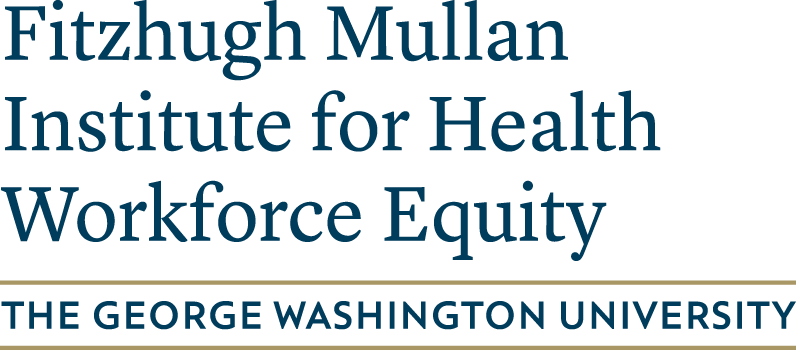Social Mission in Health Professions Education: Beyond Flexner
Social Mission Alliance founder Fitzhugh Mullan describes the parameters that show the commitment of health professions schools to social mission.

Education, research, and service are well-established missions of health professions schools and teaching hospitals in the United States. The role of social mission in these institutions is vitally important but less clear. Broadly defined, the social mission of a health professions school is the contribution of the school in its mission, programs, and the performance of its graduates, faculty, and leadership to enhancing health equity and to addressing the health disparities of the society in which it exists. School characteristics that are associated with commitment to social mission include community engagement, promotion of diversity, reduction in health disparities, the responsible use of health resources, and a focus on the social determinants of health.
Results
The contribution of medical schools to the social mission of medical education varied substantially. Three historically black colleges had the highest social mission rankings. Public and community-based medical schools had higher social mission scores than private and non–community-based schools. National Institutes of Health funding was inversely associated with social mission scores. Medical schools in the northeastern United States and in more urban areas were less likely to produce primary care physicians and physicians who practice in underserved areas.
Learn more here.

